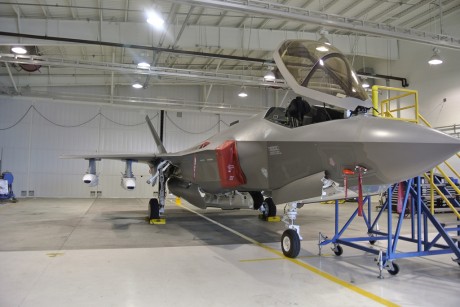A mystery many of us would like answered.
Just a note, we ordered 75 classic hornets back in the day for three front line Squadrons. Spain acquired about 79.
Are 72 F35's enough?
100 Aircraft for 4 frontline Squadrons plus extra for training / deep maintenance and attrition so yes these numbers look about right.
28 extra or maybe more! Hmmmmmmmm.
Or do we soldier on with the Super / Growler combo for many years.
The mystery.
Maybe the evolution of other technology and systems provides the answer.
I still do however see a regionally unique advantage in having some aircraft land vertically !!!!!!!
Regards S
I don’t know that comparing what Spain did, or has done, has any real bearing on what Australia has done in regard to aircraft numbers.
It might be better to look back at the last three generations of RAAF fighter aircraft.
The RAAF procured 116 Mirage III (100 single seat and 16 dual seat trainers), by the time the fleet retired well more than 40 aircraft had been lost, a high attrition rate.
They were replaced by 75 Hornets (57 single seat and 18 dual seat operational trainers), only four have been lost, attrition lower than originally expected.
The Hornets have been replaced by 72 single seat F-35A, identical aircraft regardless of being in one of the three operational squadrons or the single OCU squadron.
Today far less time is required in the jets for training, technology has seen to that.
I would argue that ‘today’ the RAAF has a far more capable ‘frontline’ capability with 72 single seat F-35A than with the two previous generations of fighter aircraft.
Again, technology has seen to that, apart from less burden on the fleet for training, technology has seen much more reliability and safety, especially for engines.
What happens next?
My understanding is that once all 72 aircraft have been delivered, late 2023 and FOC has been achieved, in the following year or two, around 2025, the Government will look at procuring that last batch or not.
If the Government sticks with the Super Hornet fleet (eg, doesn't retire and replace them by 2030 with that additional F-35A squadron), we may still see the procurement of a number of ‘attrition’ F-35A.
So to answer your question is 72 F-35A enough? Possibly, if attrition continues to stay low, but maybe a small top up of about eight attrition airframes.
Anyway, regardless the RAAF is in a pretty strong position, 72 F-35A, 24 F/A-18F and 12 EA-18G, plus future Loyal Wingman too.
Cheers,




